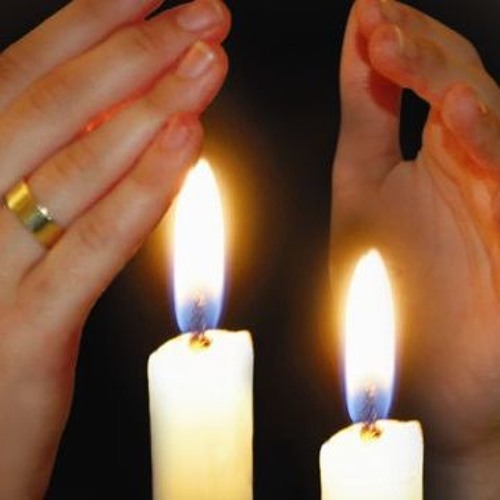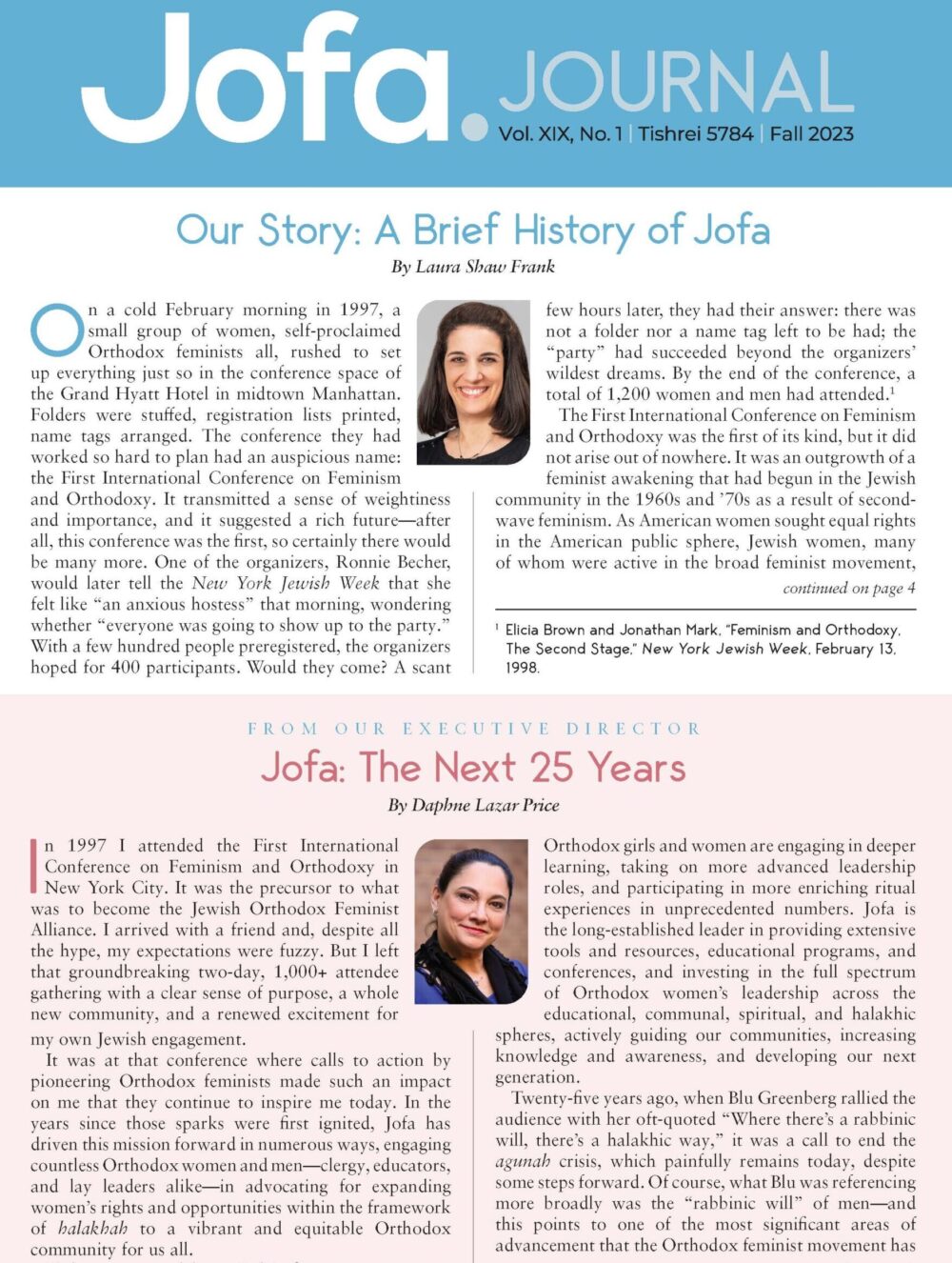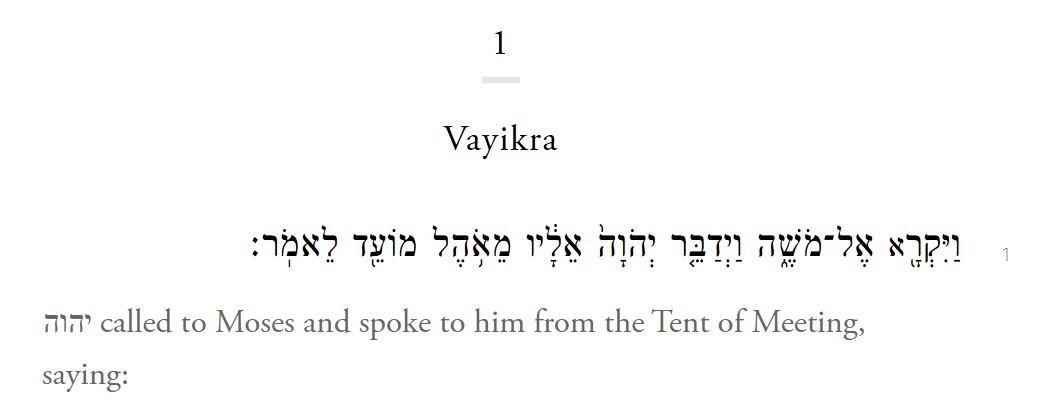By Vivian B. Mann
In the fall of 2015, a young girl, viewing the synagogue models in the Yeshiva University Museum in New York City, asked, “But where would I have been?” Her question prompted the museum to cosponsor (in conjunction with JOFA) a panel discussion on the women’s section (ezrat nashim) in the synagogue. This article, based on my talk as part of that panel, discusses the history of the earliest women’s sections in synagogues as they are known from the archaeological and textual evidence.
The Synagogue in Antiquity
It is important to state from the outset that a synagogue is not the Temple. According to the Mishna—redacted by Rabbi Judah Hanasi (d. ca. 217 CE)—on only one occasion during the liturgical year were the women separated from the men in the Temple; that was at the time of the Simḥat Beit Ha’Sho’eivah, on the eve of Shmini Azeret (BT Sukkah 51b–52a). In any case, our knowledge of the way services were conducted in the Temple in Jerusalem does not hold true for ancient synagogues built both before and after 70 CE. When archaeologists first uncovered the ruins of early synagogues in the Land of Israel in the late nineteenth century, they presumed that the rows of columns in synagogues such as the one at Capernaum supported galleries for women, analogous to the ezrat nashim found in later synagogues. However, now that more than one hundred ancient synagogues have been excavated and only five have been found with two rows of columns, their remains imply that in the vast majority of ancient synagogues women may have worshiped in the same space as did men. If there was a designated space for female worshipers, it would have been defined by other means, perhaps by the hanging of curtains. Thus, there is no archaeological or textual evidence for the existence of an ezrat nashim in ancient synagogues.
There is, then, a gap in our knowledge of synagogue architecture from the seventh until the eleventh century, due to various factors: First, medieval Jewish communities were often established in the centers of cities—areas that were built and rebuilt over time, rendering their excavation difficult, if not impossible. Second, many Jewish communities in Italy and Germany were established only in the late Middle Ages. Finally, given the expulsions and persecutions that often marked Jewish life, synagogues were transformed for other uses, and only in special cases—in Fustat (Cairo) and in Cologne, Regensburg, Speyer, and other Ashkenazi centers—have they been studied meticulously to determine their history.
Sephardic Synagogues in Medieval Times
The second synagogue of the Palestinians in Fustat, built after 1021, was investigated by a Canadian archaeological team after the signing of the peace treaty between Israel and Egypt in 1977. It exemplifies a type built later in Spain: a rectangular building with columns that supported balconies. In these synagogues, there were two entrances: one for men on the ground floor, and a second reached by means of a staircase leading to the ezrat nashim.
Galleries for women still exist in two fourteenth-century Spanish synagogues and were built as an integral part of these structures. In 1314/5, Isaac Mehab financed the building of a small rectangular synagogue in Cordoba whose entrance is reached through a courtyard and a vestibule (Figure 1). Stairs in the vestibule lead to a women’s gallery that extends along one side of the synagogue. The El Transito Synagogue in Toledo, built by Samuel Halevi Abulafia, treasurer to King Pedro I, was dedicated in 1357. Like the Cordoba synagogue, its ezrat nashim occupies a balcony above one long side of the synagogue. Two other Iberian synagogues—both dating to the fifteenth century—have no ezrat nashim. One is a small synagogue in Tomar, Portugal, built in Gothic style, and the other is a synagogue that was accidentally discovered in 2002 adjacent to the citadel in Lorca, a city on the border between Christian Castile and Muslim Andalusia (Figure 2). The Lorca synagogue dates to the first half of the fifteenth century and has only one entrance and no ezrat nashim. It is one of the few medieval synagogues to have been excavated together with the homes in the adjacent Jewish quarter.
The archaeological evidence from existing synagogues in Sepharad, then, is mixed regarding the existence of women’s spaces, but other findings indicate that the ezrat nashim was a widespread feature of Spanish synagogues. One type of evidence is the survival of synagogue façades, as at Calatayud, that have two entrances—one for men and one for women, which must have led to an ezrat nashim. Other evidence is textual—mention of women’s sections in the responsa of Spanish rabbis and in municipal archival records. Seven synagogues named in medieval documents in the archives of Saragossa, for example, state that two of the synagogues—La Mayor, built in 1311, and the Sinagoga de Bikkur Holim, built in 1382—had separate spaces called the sinoga de las melleres (the synagogue of the women) or the casas de las mulleres de la dita sinoga (the houses of the women called synagogues). A document from 1485 names Jentó Morenu as the rabbi of a sinoga de las mujeres in Saragossa.
There are also responsa that discuss issues related to women’s sections in synagogues. For example, a ruling by Rav Judah ben Asher (d. 1349; author of the law code known as the Tur) stating that it was necessary to provide an ezrat nashim with a door leading directly to the outside so that women could enter and exit without hindrance (Responsa Zikhron Yehudah, no. 68).
Ashkenazi Medieval Synagogues
As was true of Sepharad, our knowledge of women’s sections in medieval Ashkenazi synagogues is based on archaeological and archival evidence and on rabbinic texts. An important difference betweenour knowledge of Sephardi and Ashkenazi women’s spaces is that recent excavations of medieval synagogues in major Ashkenazi centers, such as Regensburg, Speyer, Cologne, Erfurt, and Vienna, have revealed more information than is available from Spain.
For many years, the earliest Ashkenazi ezrat nashim was thought to have been built in Worms in 1213, adjoining the men’s synagogue erected nearly forty years earlier in 1174/5 (Figure 3). Now, however, as a result of recent excavations in Cologne that began in 2006, we know that an ezrat nashim was built there adjacent to the men’s synagogue after the First Crusade of 1096, when the community suffered the loss of three hundred of its members and damage or destruction of its synagogue. Like most later medieval women’s spaces, the ezrat nashim in Cologne had windows in the wall shared with the men’s synagogue, enabling a few female members of the congregation to hear the service and transmit it to the other women. A portion of one of the openings linking the men’s and women’s synagogues of Cologne remains (Figure 4). It is similar in form to an opening between the men’s synagogue and the ezrat nashim in the Speyer synagogue, which dates to the late thirteenth century (Figure 5). Underneath the 1096 synagogue in Cologne, the excavators found two earlier houses of worship dating to the Carolingian era, indicating that there was continuous Jewish settlement in Cologne from the ninth century until 1424, when the community was finally expelled.
Women’s Economic Power Reflected in Ezrat Nashim
One question left arising from all this evidence is why most medieval ezrat nashim were built from the twelfth to the fourteenth centuries. The answer suggested by a number of historians is that by the High Middle Ages, Jewish women had achieved both economic success and political power. If they were not domestic employees, most Jewish women who worked outside the home were moneylenders. In Northern France during the thirteenth and fourteenth centuries, Jewish women granted half of all documented loans, and in forty-one German cities, they financed one-third of all the loans granted between 1350 and 1500. Women appeared in both rabbinical courts and government courts as sworn witnesses offering testimony. The importance of Jewish women’s economic roles allowed some of them to exercise political power—for example, to negotiate with rulers on behalf of the Jewish community. The establishment of the ezrat nashim in medieval German synagogues coincides with growth in the economic and political power of Jewish women. Successful in secular spheres, the women seem to have requested a place within the central institution of the Jewish community, the synagogue.
The types of spaces constructed for women in late medieval synagogues reflect both the emphasis on modesty in the writings of Ashkenazi rabbis and the assertion of male dominance in the face of new demands. In the most extreme cases, women were placed in cellars beneath the men’s shul and were provided with a type of chimney or grill that allowed some to hear the service. At best, the ezrat nashim was a space adjoining the main synagogue with small windows that enabled a few women to follow the men’s service and lead the assembled women in prayer.
I do not think that the role of these prayer leaders necessarily indicates literacy—or the lack thereof—among Jewish women of the High Middle Ages. This is a factor that is difficult to measure, despite the known cases of well-educated Jewish women, such as Dulcie, the wife of Rabbi Elazar ha-Rokeach. Rather, the role of these women may reflect the constraints created by the architecture of the ezrat nashim as well as a lack of sufficient prayer books. As late as 1733, three hundred years after the invention of printing, which reduced the price of books relative to that of manuscripts, Alexander David (1681–1765), the court Jew to the Duke of Braunschweig, explained to his ruler that mnemonic devices were inscribed on the walls of his synagogue to help those who didn’t have books from which to read the service. During the Middle Ages, all prayer books were very costly manuscripts that could be afforded only by the most affluent members of the community, a fraction of the “1 percent.”
Although the establishment of the ezrat nashim in some medieval synagogues during the High Middle Ages signifies a greater inclusiveness on the part of male leaders of Jewish communities, the architectural configuration of women’s spaces serves as a constant reminder of women’s secondary position in the synagogue. Grappling with the conflicting conditions shaping the lives of Orthodox women and their position in the synagogue still vexes us today.
Vivian B. Mann is curator emerita of the Jewish Museum and director emerita of the MA Program in Jewish Art and Visual Culture at the Jewish Theological Seminary.
[Callouts, if necessary]
As was true of Sepharad, our knowledge of women’s sections in medieval Ashkenazi synagogues is based on archaeological and archival evidence and on rabbinic texts.
The types of spaces constructed for women in late medieval synagogues reflect both the emphasis on modesty in the writings of Ashkenazi rabbis and the assertion of male dominance.









